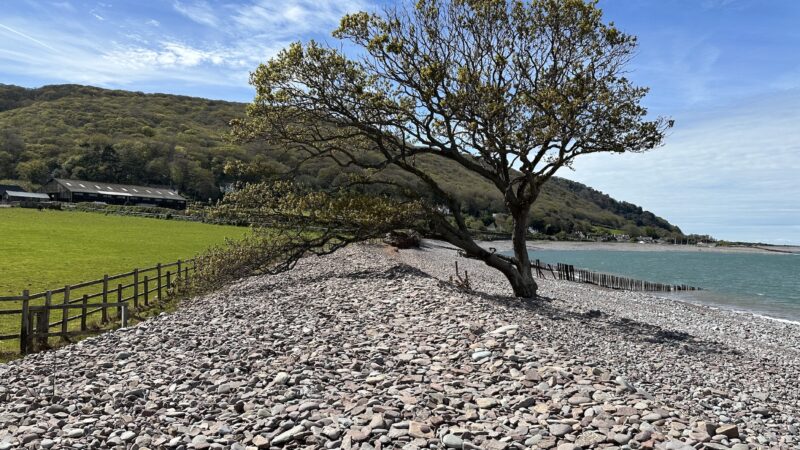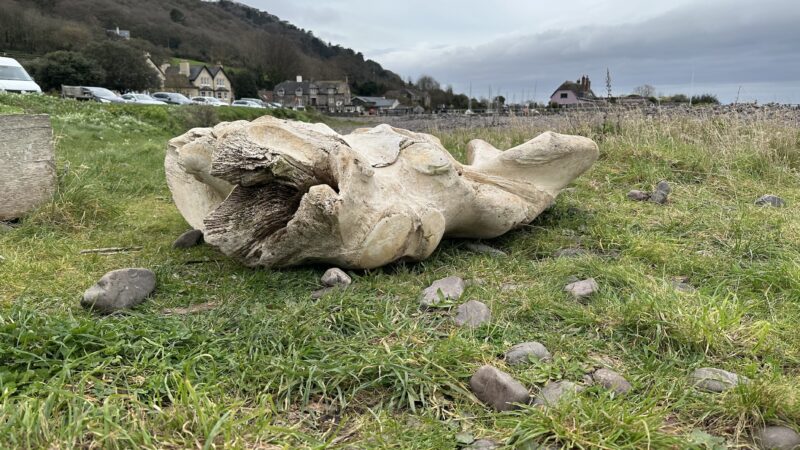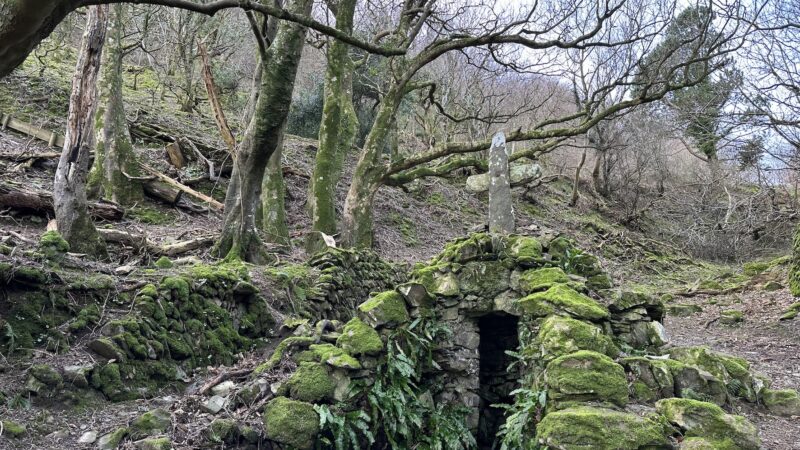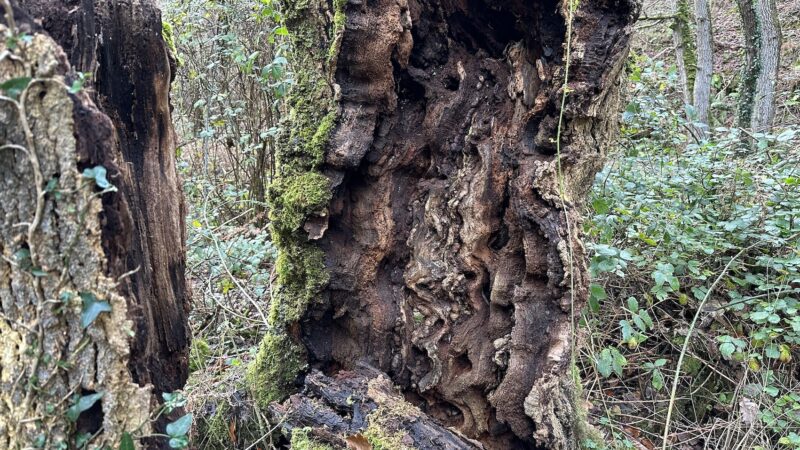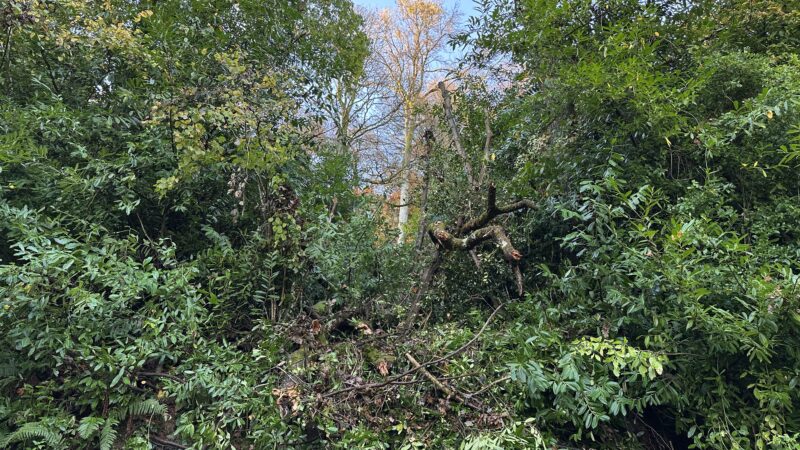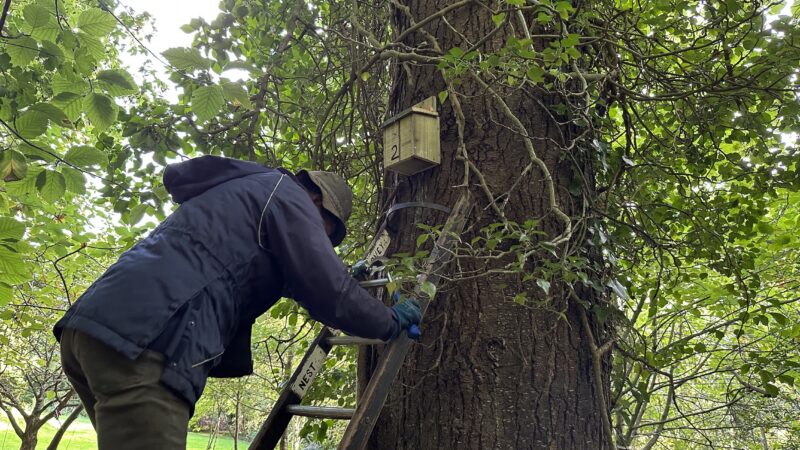In the ruins of a mathematician’s garden
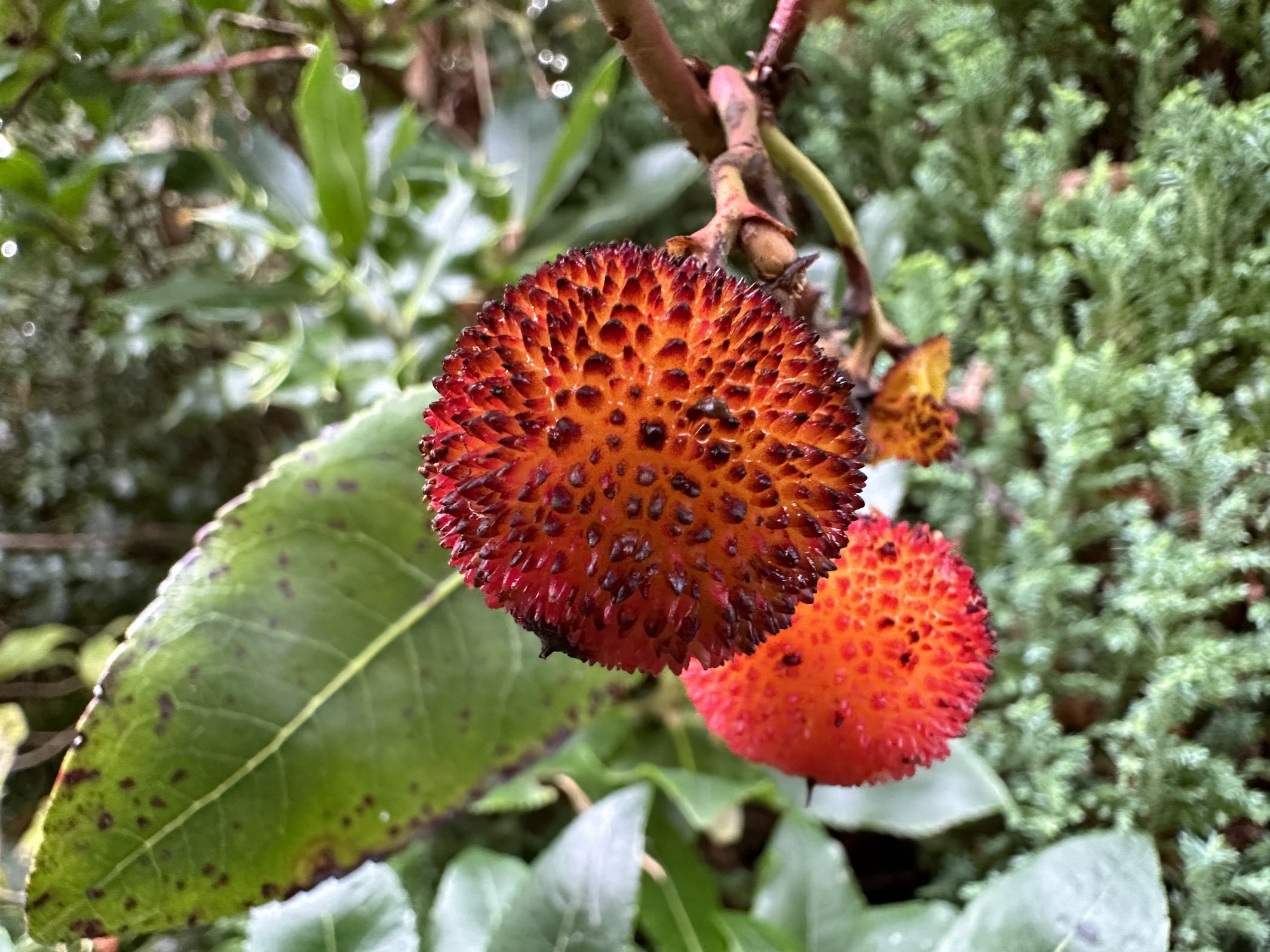
Take the coast path west from Porlock Weir and you enter the fantastical ruins of a mathematician’s dream. Past the whimsical thatched gatehouse that guards entry to the Worthy toll road, you soon encounter an odd, semicircular stone bridge with an ivied turret clinging to its side. It is part of a wider system of curving walls, towers and tunnels, built on the orders of Ada Lovelace, the early computer programmer known as “the Enchantress of Numbers”.
During the 1830s and 40s, Ada and her husband embarked on extensive landscaping, creating a crenellated Italianate villa with parterres, walkways and carriage drives. Here, she strolled with her friend, the inventor and philosopher Charles Babbage, discussing calculations for his “analytical engine”, a proposed computer.
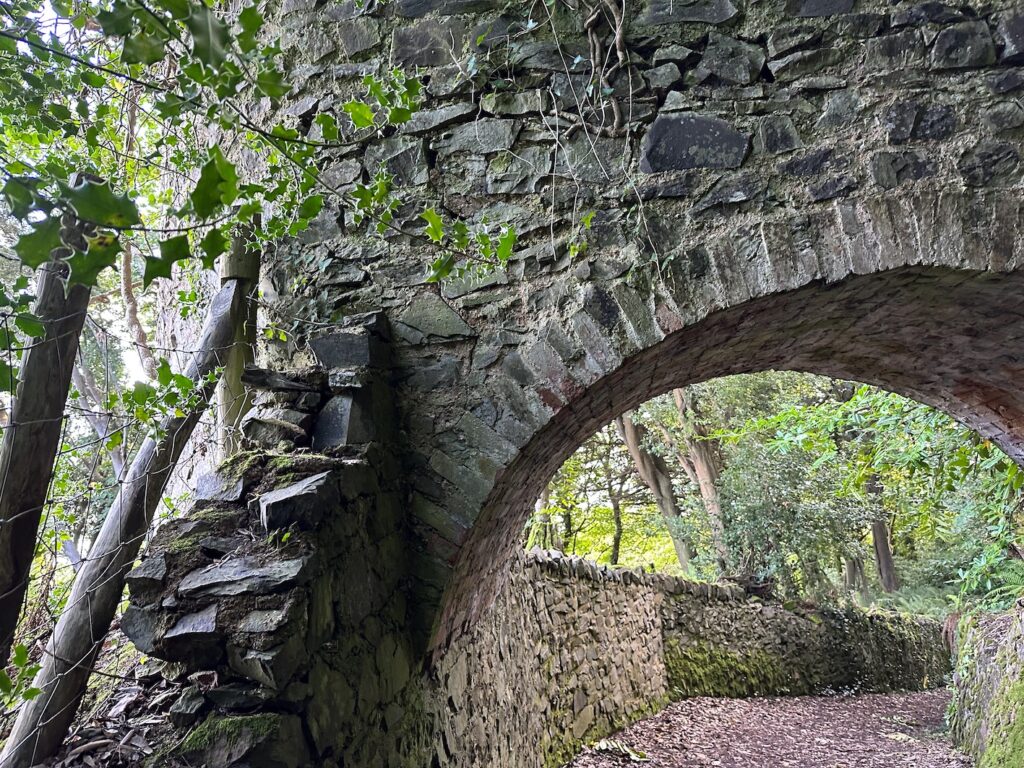
Her garden plans were never completed. The villa was demolished in the 1970s after a fire, and two centuries of landslips means that the modern path runs slightly more inland, jinking upwards to Culbone church and offering only brief glimpses of the sea. Ada’s constructions may be wrecked, but there are many thriving, living mementoes of her era. The Lovelaces planted thousands of trees, some of them by simply scattering handfuls of seed. They brought Scots pine (Pinus sylvestris) from their estate in Scotland, as well as a selection of exotic species from overseas.
Now that the native sessile oak and birch are shedding their leaves, the imported evergreens and firs are even more conspicuous. A tall coast redwood (Sequoia sempervirens) – one of the first to be introduced to the UK – droops dark green needles over a section of old track.
The route is punctured with twisted clumps of salt-tolerant strawberry trees (Arbutus unedo), dangling spiky red baubles. Their waxy, white, bell-shaped flowers appear in autumn at the same time that the previous year’s fruit ripens, turning from yellow, through orange, to spongy crimson – a treat for birds.
The rarest species here was flourishing long before the Lovelaces imposed their vision. This stretch of misty, coastal woodland running from Somerset into North Devon is home to a unique species of whitebeam, Sorbus subcuneata. Their tattered, silvery leaves are browning now, but in summer they shiver like olive trees, creating a faintly Mediterranean feel that must have captivated Ada.
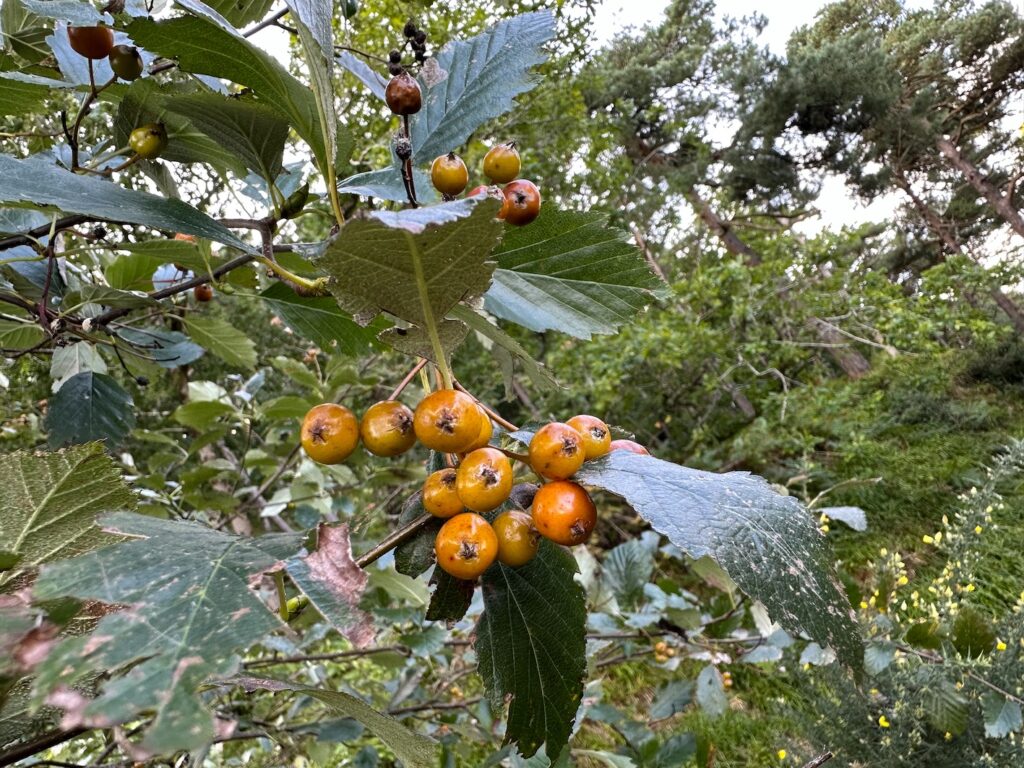
First published in The Guardian’s Country Diary column 1 November 2023.
